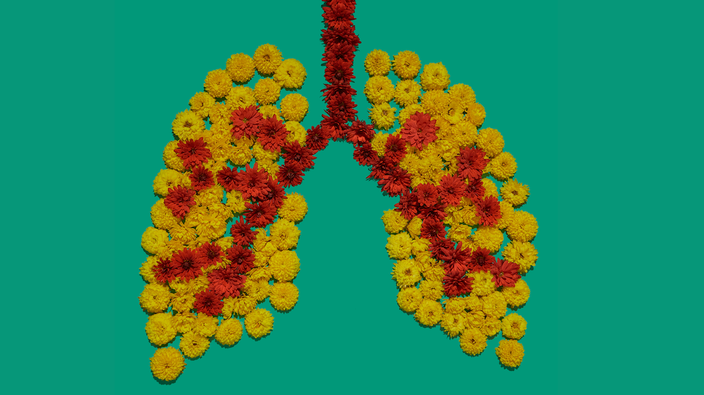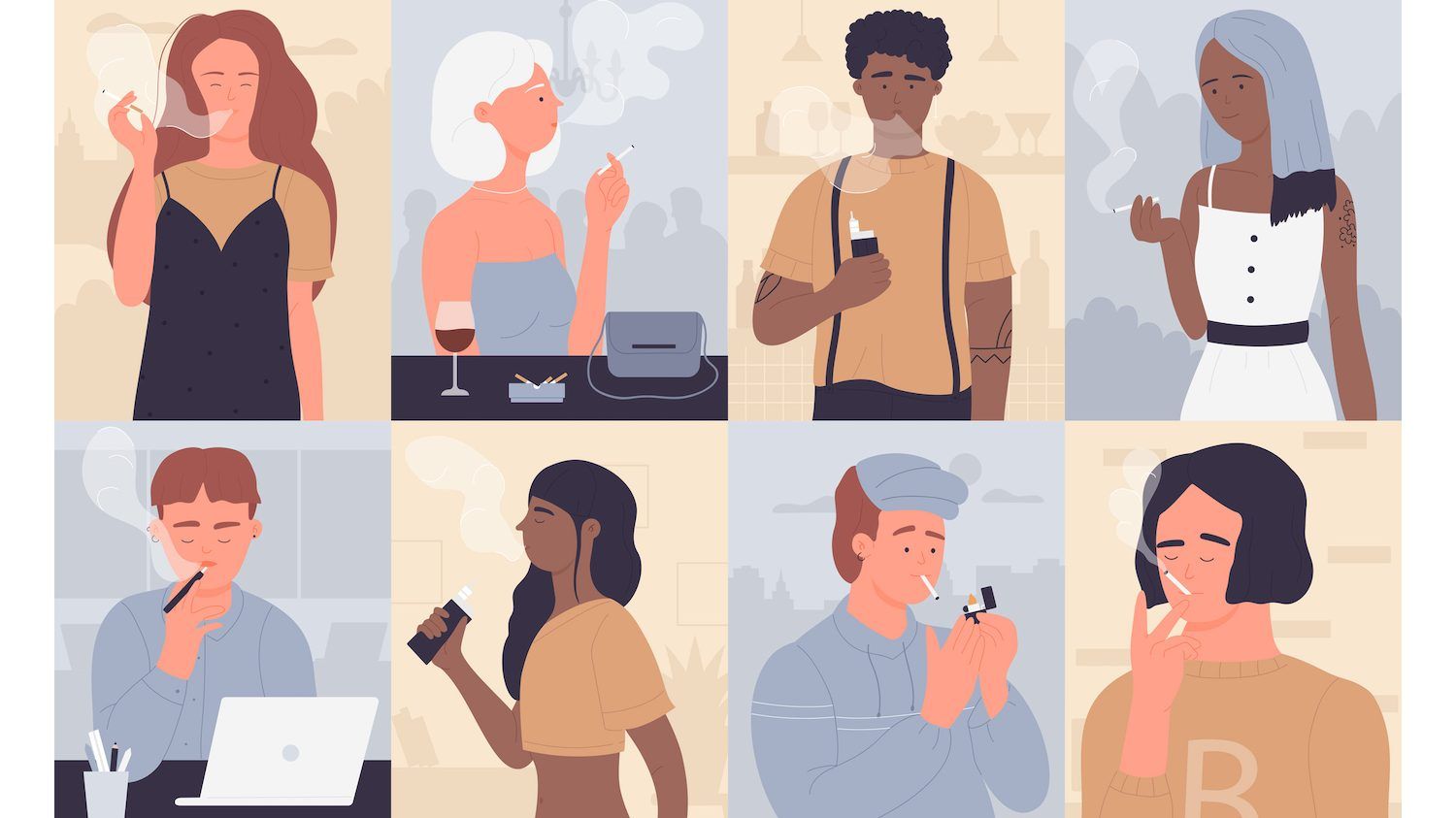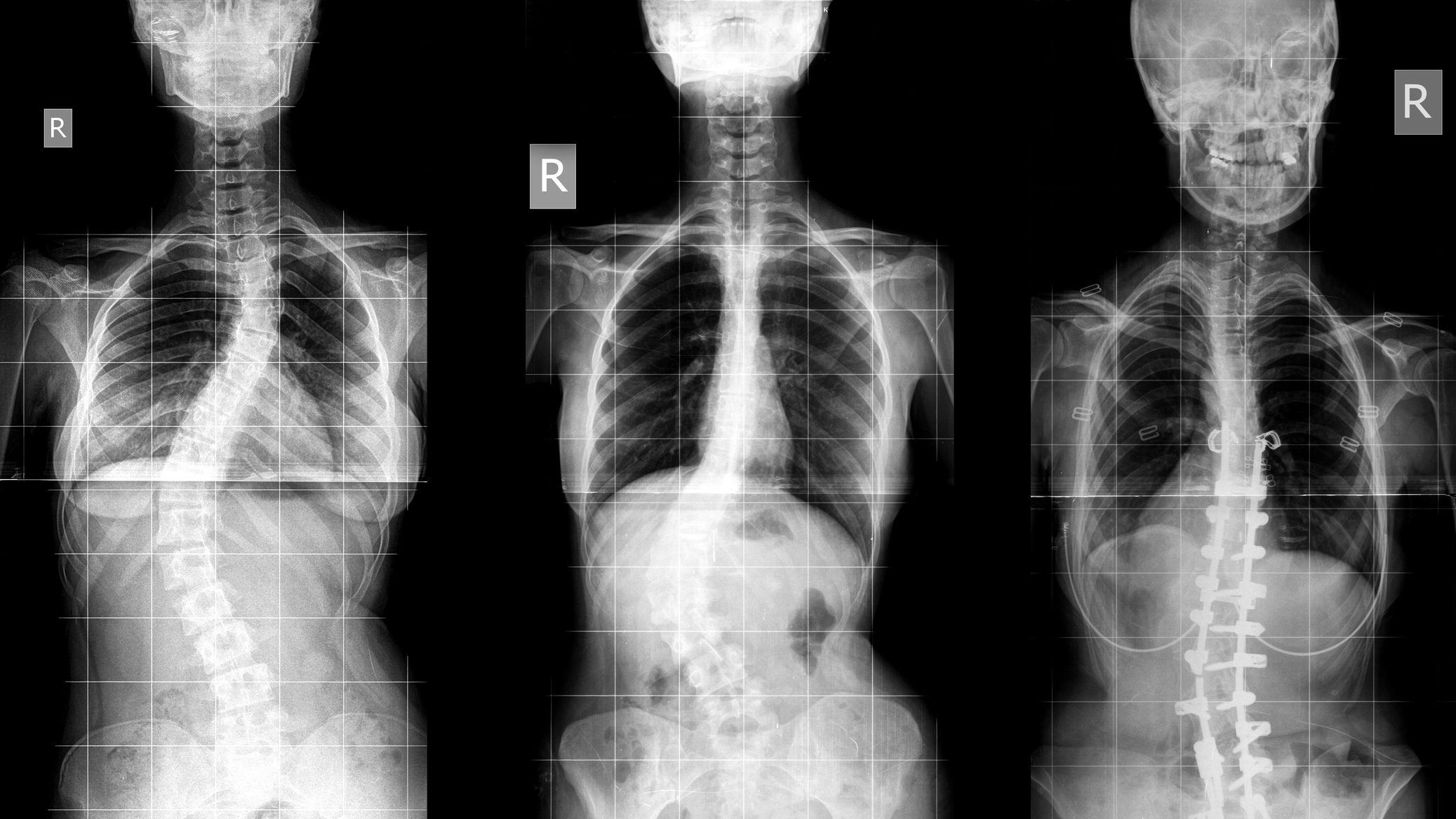can vaping help you quit smoking?
according to the canadian vaping association, while patches and gum have an eight to 10 per cent success rate, vaping works 20 per cent of the time.
what are the symptoms of scoliosis?
most cases are mild, but sometimes a brace is required to prevent the condition from worsening.
17-years-old and living with pulmonary hypertension
brin marks was told that she wouldn't live past age 17, but soon, she will be graduating from high school. "seeing her walk across that stage is going to be amazing," says her mom.
 6 minute read
6 minute read









